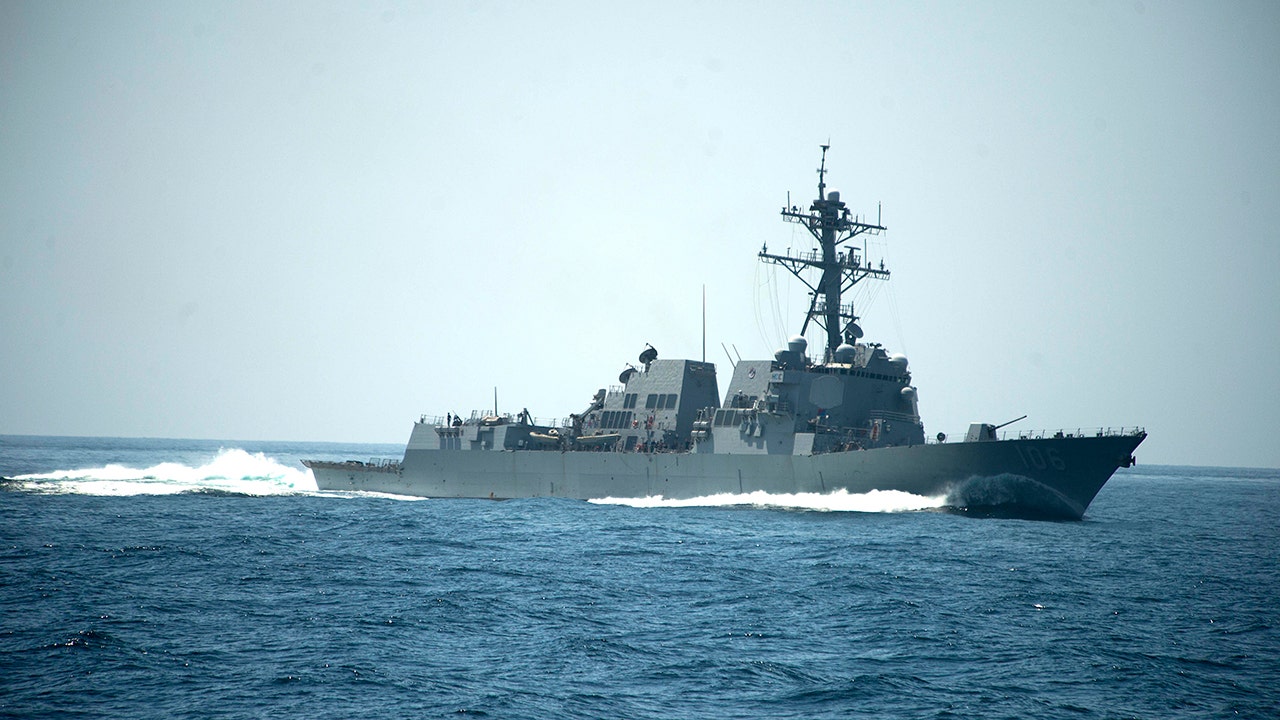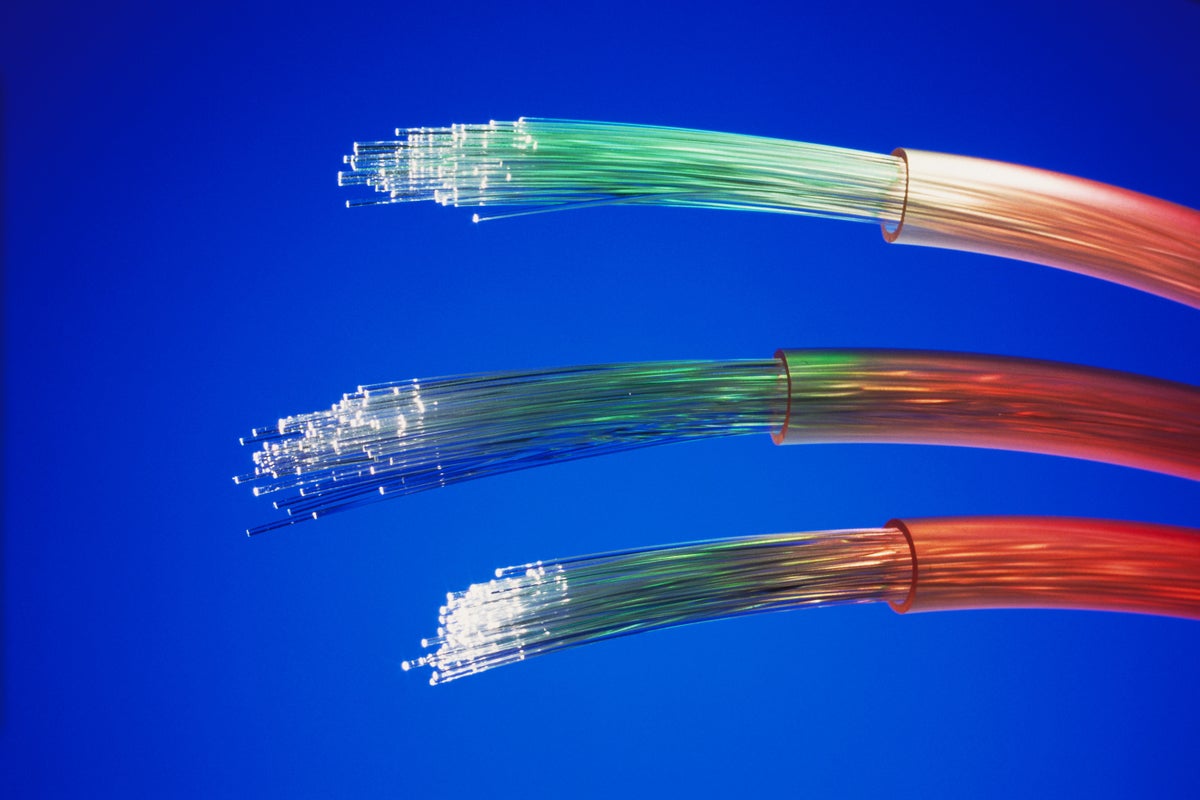Waters writhe
in Earth’s frigid gut,
drifting green whispers
beneath
frozen blues –
ancient,
yet fragile
as breath.
The heatwave descends,
a sudden blaze
in the cold expanse,
swelling their ranks.
When the heat retreats,
a silver knife
cuts through fevered dreams,
etching their fate
upon the living map.
In the silence
life persists,
fragile threads
entwined
by nature’s
trembling hands.
This poem is inspired by recent research, which has investigated how heatwaves are affecting Arctic phytoplankton.
As climate change continues, marine heatwaves are becoming more frequent and severe, particularly in the highly productive Arctic regions. These extreme temperature events significantly affect marine ecosystems, especially the primary producers like phytoplankton. Phytoplankton form the base of the marine food web, and their responses to temperature changes can have cascading effects on the entire ecosystem. However, understanding how these tiny organisms respond to such extreme events remains limited, making it challenging to predict the broader impacts on the ecosystem services they support.
This research focused on Arctic phytoplankton by exposing them to stable warming and repeated heatwaves in a controlled experimental setting. Measurements were taken of their productivity, physiology, and composition over time. The findings reveal that stable warming generally boosts phytoplankton productivity. However, their response to heatwaves is more complex and varies depending on the specific conditions of the heatwave. Notably, the cooling period following a heatwave is just as crucial as the warming period in determining overall productivity. This study highlights the importance of considering both warm and cool phases of heatwaves to better predict how these events will impact Arctic marine ecosystems. Understanding these dynamics is essential for forecasting the future health and stability of these vital ecosystems in a changing climate.


























































